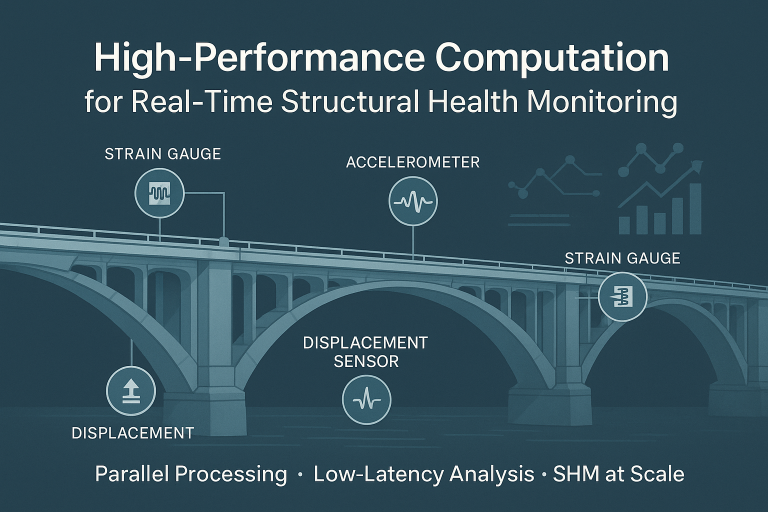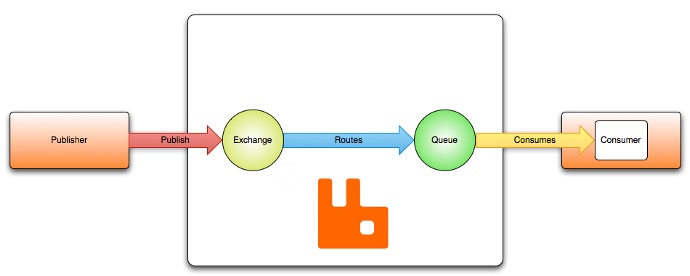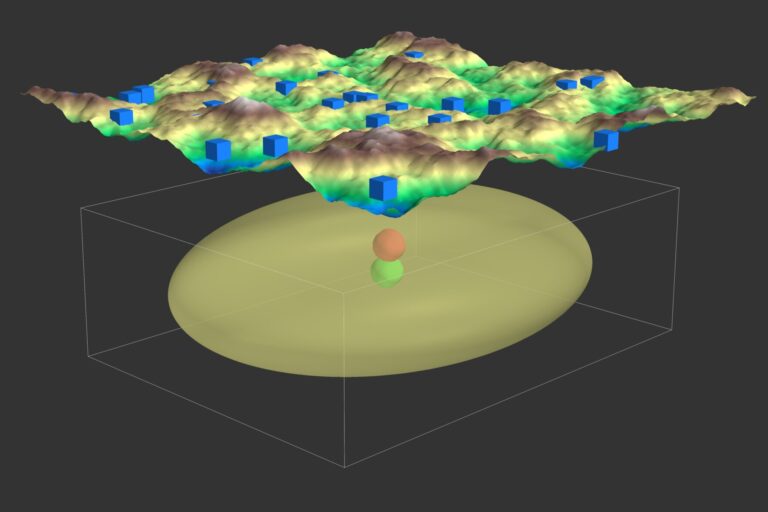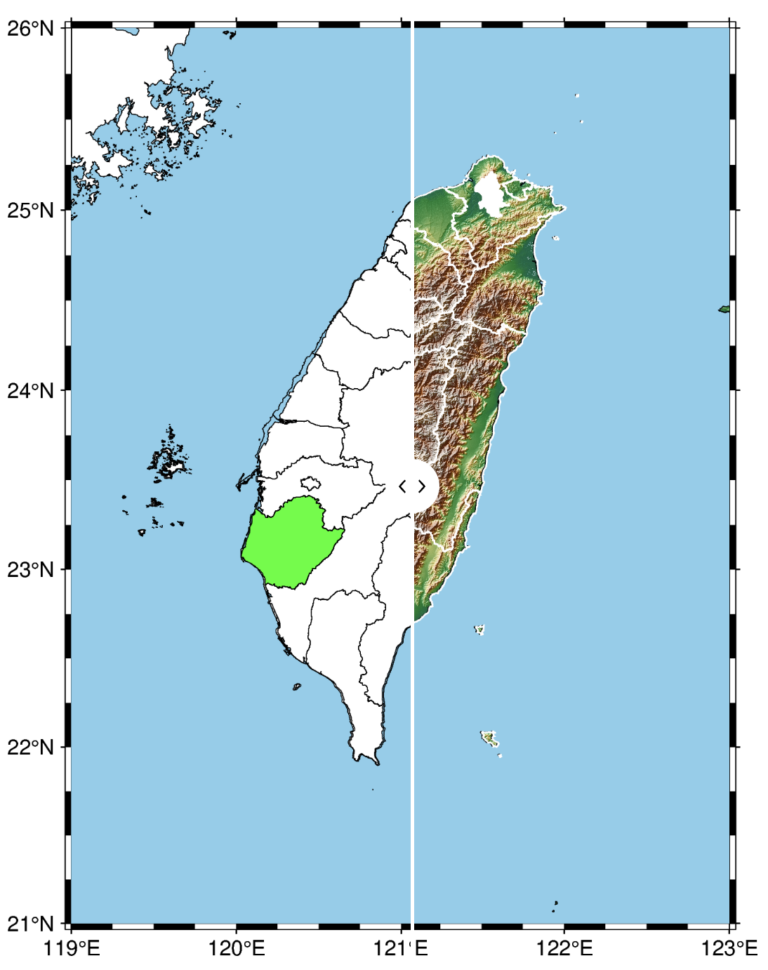Understanding Power Spectral Density (PSD) for Acceleration Data

Power Spectral Density (PSD) is an essential technique for analyzing acceleration signals, helping to identify dominant frequencies and structural resonances. This guide explains the steps to compute PSD, different estimation methods, and its applications in engineering.









